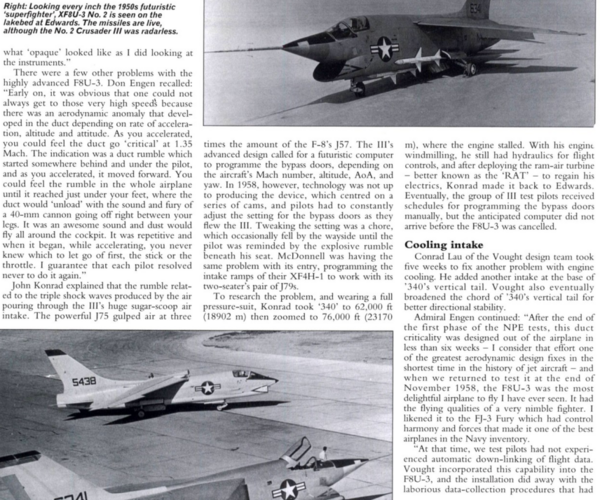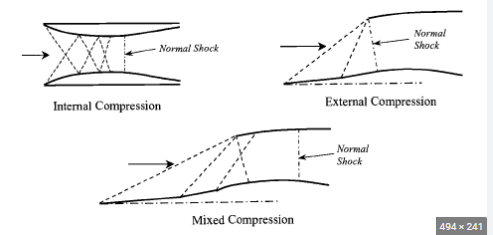P&W completes F100-229A altitude testing
17 February 1998
Pratt & Whitney has completed initial altitude tests of an advanced version of the F100-229A flight engine, which is fitted with a new fan and inlet to boost power and increase durability.
The -229A is designed to power the Boeing F-15E and Lockheed Martin F-16C/D from 2000 onwards - either as a retrofit kit or as a complete engine - and has demonstrated a thrust capability of 165kN (37,150lb). The engine is in competition for US and export business with General Electric's similarly upgraded F110-129EFE (enhanced fighter engine).
Top international priority for both is the long delayed United Arab Emirates (UAE) decision on the potential purchase of Block 60 F-16s. "We're waiting for international and domestic requirements to surface," says P&W F100 programme director Dennis Enos.
Other than the UAE, Greece and Norway are highlighted as near term potentials for the -229A, says Enos, who adds: "That's also why we've made this configuration retrofittable. You can back fit this on the existing -229 by putting the new fan on and shortening the afterburner duct."
Altitude tests of the new fan, which is 25mm larger in diameter than the original -229 unit, have proved "highly successful", says Enos. Testing took place at P&W's Wilgoos test site in Connecticut and verified "-the operation of the fan at high Mach numbers, and all the results were good".
The tests were crucial because the use of the titanium wide chord fan and one piece inlet case has precluded the need for variable fan inlet geometry.
"Using the latest computational fluid dynamics analysis we've been able to design the first fighter engine that does not require a variable inlet, and the Mach 2 tests confirmed we could operate successfully at these speeds," according to Enos.
The simpler inlet and fan have almost 100 fewer parts than those in the standard engine does, and is a major contributor to the increased durability goals of the -229A because they also reduce operating temperature.
"From that standpoint, when we are operating it at 29,000lb [129kN] thrust, we're able to increase the overhaul life from 4,300 cycles to 6,000. So we're looking to increase the time interval to return to the depot by around 40%," says Enos.
The fan increases the overall engine bypass ratio by 10% and has an airflow capability of up to 125kg/s. Despite the increase in bypass ratio, the engine still occupies the same volume as the current -229, allowing it to be developed as a "plug-in" replacement.
Fan module size is increased by 150mm in length, while a similar reduction has been made to the afterburner length. "This turns out to be very successful," says Enos, who adds that rapid accelerations from idle to full afterburner have consistently taken 2s.
Source: Flight International



